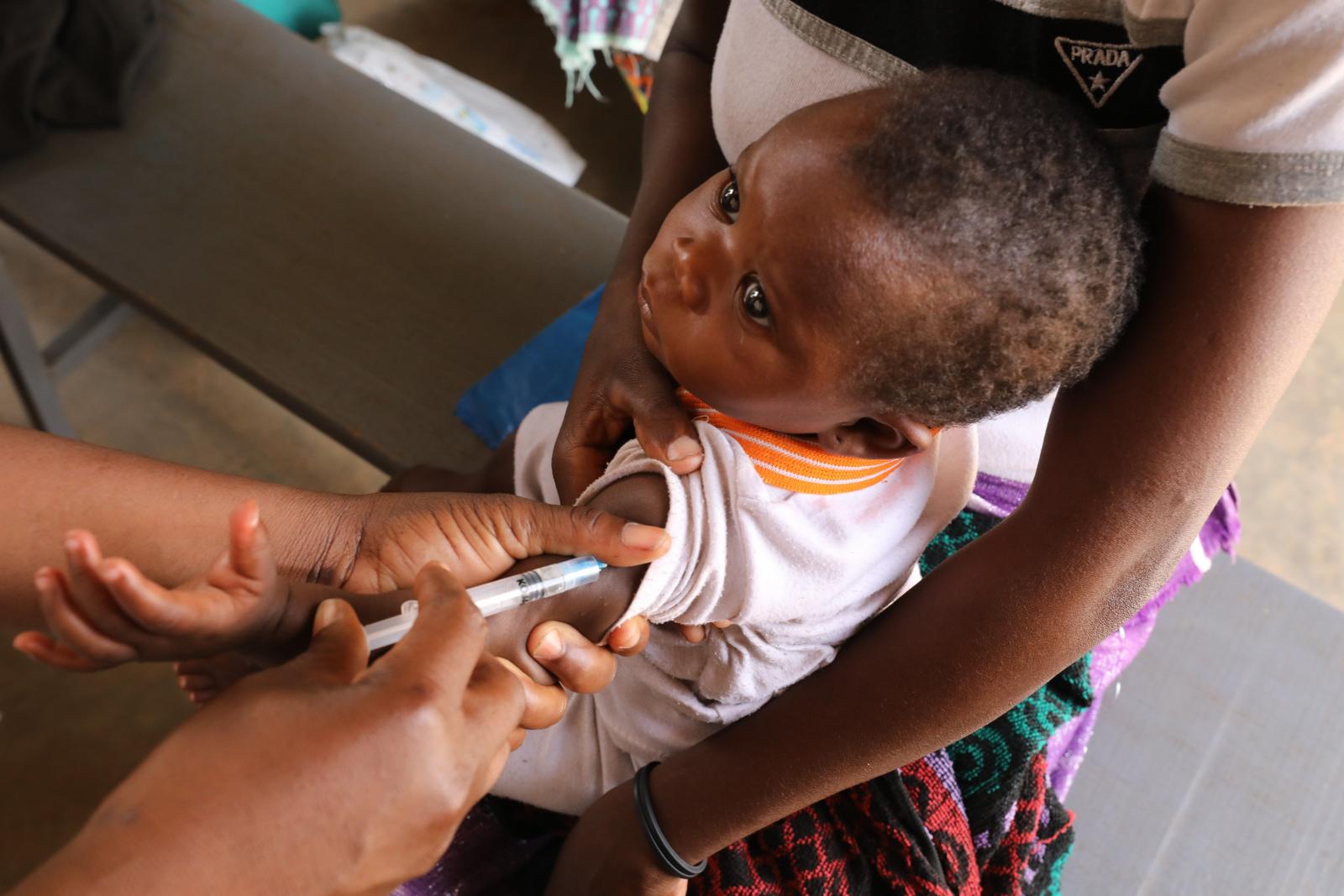
Bacterial Meningitis Vaccines
Vaccines to protect against bacterial meningitis have been developed for Neisseria meningitidis, Streptococcus pneumoniae, and Haemophilus influenzae. These vaccines are categorized as either polysaccharide or conjugate vaccines. Polysaccharide vaccines are typically used to protect travelers visiting high-risk countries and to control outbreaks after they are identified. However, polysaccharide vaccines are not able to prevent disease and epidemics in the long-term in sub-Saharan Africa because they provide only short-term protection and lack the ability to prevent transmission or protect infants. On the other hand, conjugate vaccines such as MenAfriVac® provide longer-lasting protection. Additionally, conjugate vaccines protect infants and young children and, in some cases, can decrease bacterial transmission and provide protection among unvaccinated people.
There are three types of vaccines to help protect against meningitis caused by Neisseria meningitidis: polysaccharide and conjugate vaccines for serogroups A, C, W, and Y, and protein-based vaccines for serogroup B. At least one additional vaccine including serogroup X is in development. To learn more and stay up to date on these vaccines, visit the relevant CDC or WHO webpages.
Vaccines for both Streptococcus pneumoniae and Haemophilus influenzae type B are typically given in a three to four dose series to children. The vaccine most often used to prevent Streptococcus pneumoniae is a conjugate vaccine called PCV13. The first Haemophilus influenzae type B (Hib) vaccines developed were polysaccharide vaccines, but their limited effectiveness led to the development and widespread use of conjugate Hib vaccines in the early 1990’s. WHO and CDC have more detailed information about Hib vaccines at the links above. To learn more about these vaccines visit the WHO and CDC webpages.